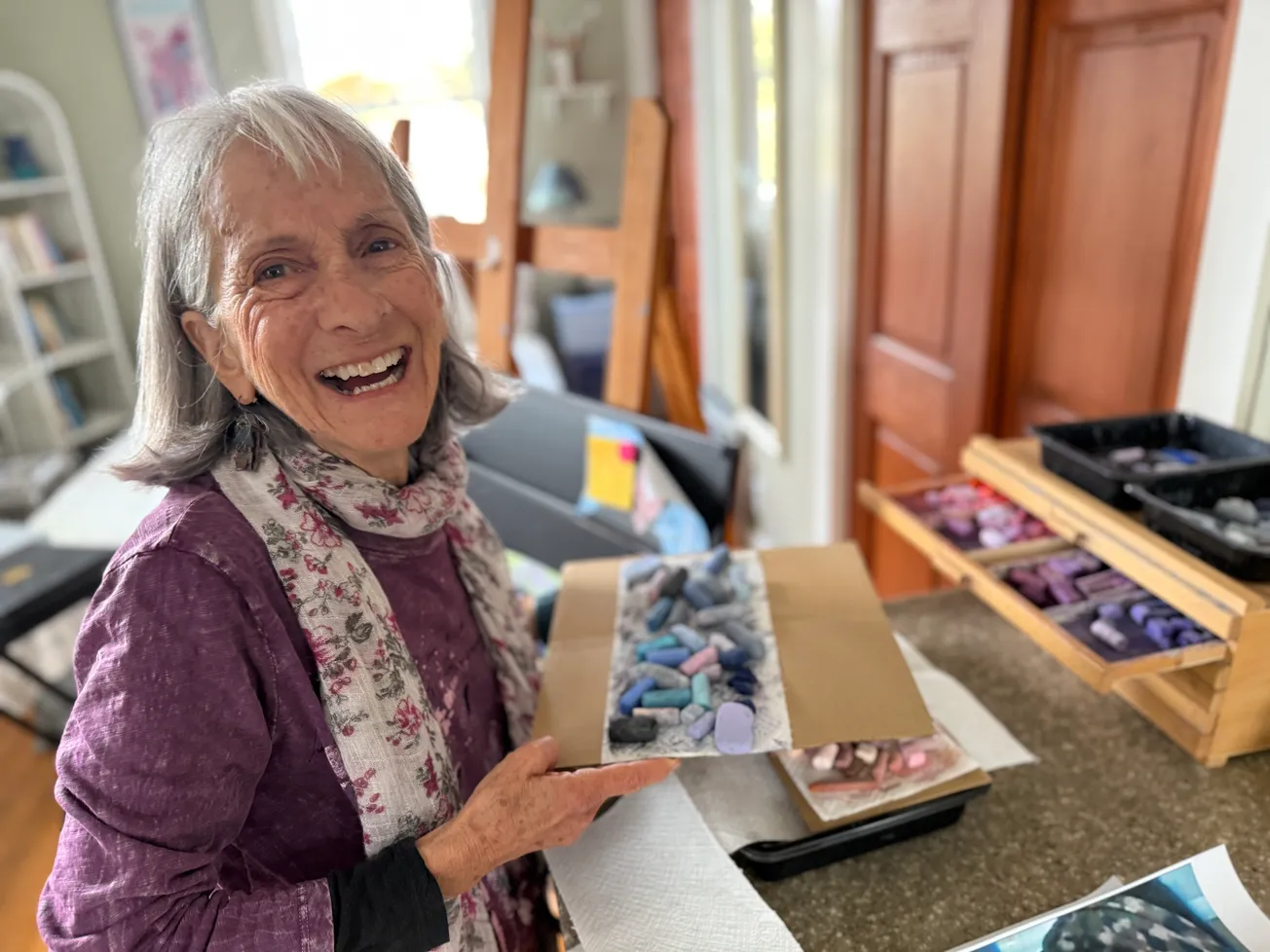Table of Contents
What does a house fully powered by sunshine look like? Visitors to 34 Pinecliff Drive found out Saturday as dozens gathered for the Mini Green Home Tour, where George Hooper opened the doors of his solar-powered home and let the light — quite literally — speak for itself.
Hooper, a retired Delta Airlines pilot, installed a Tesla Solar Roof in 2021, replacing his shingles with tempered-glass tiles that generate electricity while blending seamlessly into the design of his home. The system produces 12.6 kilowatts of power, enough to run the entire household and charge his two electric vehicles.
“When we first installed the system, we were amazed by how integrated the technology is,” Hooper said. “The roof itself makes electricity, the battery stores it, and the app shows exactly how it all works together.”
Unlike traditional panels that sit visibly atop a roof, Tesla’s Solar Roof is almost indistinguishable from slate. The surface includes both active photovoltaic tiles and non-active “dummy” tiles where sunlight is limited.
“I did not want the look of those raised separate panels,” Hooper explained. “About 60 percent of the tiles are active.”
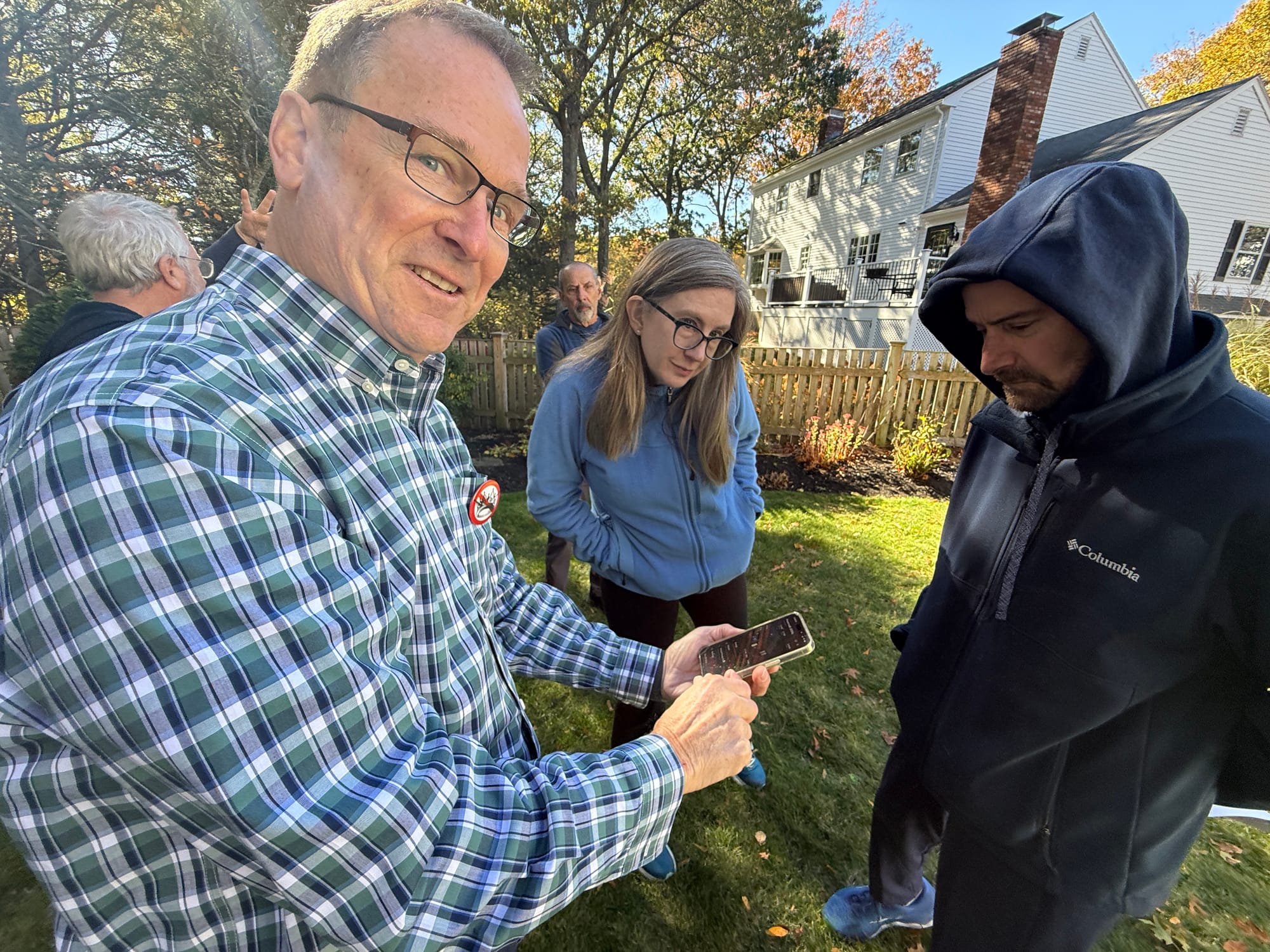
Each tile, built of tempered glass, is designed to withstand hail up to three inches in diameter and hurricane-force winds of 150 miles per hour. Hooper said Tesla founder Elon Musk once envisioned the product as a “lifetime roof” before company lawyers told him to offer a 25-year warranty.
“I think it’s built to last much longer than that,” he said.
Glass tiles designed to last decades
Electricity from the roof flows through dual inverters into a Tesla Powerwall 3 battery mounted on his garage wall. Installed this May, the compact white box stores 13.5 kilowatt-hours of energy — enough to power the home overnight or during an outage.
“When the town power cuts out for whatever reason, the battery kicks in instantaneously, no flickering in the lights or anything,” Hooper said.
A Span smart circuit panel gives him even more control.
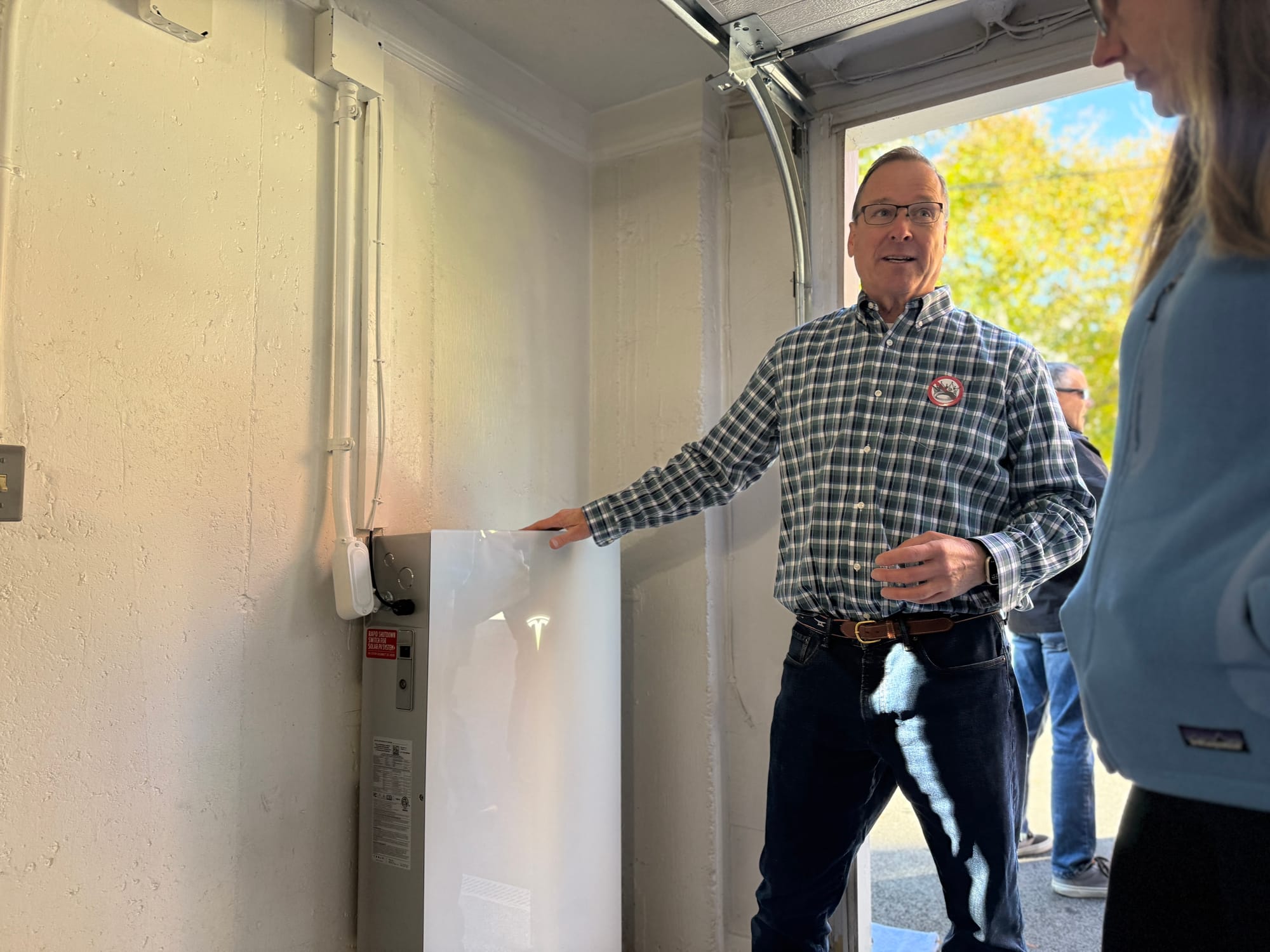
“Depending on what I have selected to run,” he said, “it gradually starts shutting things off until that battery gets down to 20 percent and the only thing running is a refrigerator and the internet.”
Through his smartphone, he can see in real time how much electricity the house, the battery and the cars are using.
That constant awareness has changed his habits.
“The system teaches you how to think about power differently,” he said, glancing at the Tesla app. “In summer, I can charge both cars and still fill the battery by the afternoon.”
The payoff is tangible: during one recent billing cycle, the Marblehead Municipal Light Department sent him a credit instead of a charge — a negative 95-cent balance — for producing more electricity than he used. The system qualifies for a 30% federal tax credit and a $1,350 state rebate based on the battery’s capacity.
Installation, he told visitors under a backyard arbor, “wasn’t simple.” Crews removed the old asphalt roof down to the plywood sheathing before rolling on a gray waterproof underlayment that “once it’s on there, it’s not coming off.”
The glass tiles sit three-quarters of an inch above the surface, creating a cooling air gap for wiring and ventilation.
“They sent two full crews out,” he recalled. “They were professional — harnesses, safety gear, the works.”
An unexpected visitor
The event’s international guest, Ben Curry, a solar engineer from Derby, England, happened to be in town on “holiday” when he read about the tour in The Marblehead Independent. He arrived with his family before continuing their trip up the coast.
“I think it’s a great idea,” Curry said of the home-tour format. “The price, he said, for this one was quite reasonable price compared to what solar is in England. I don’t know why they don’t do it like this at home, but it would be good.”
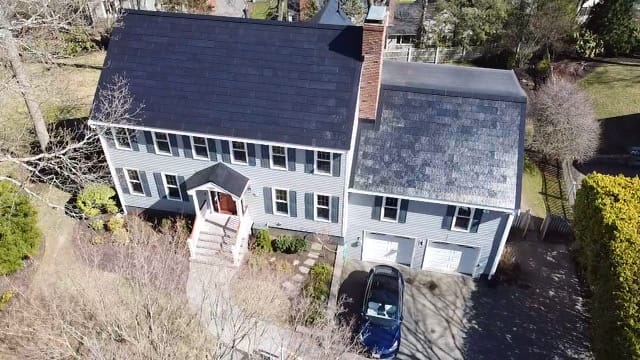
Curry, who installs residential systems in Britain, said the United Kingdom currently offers few direct incentives for homeowners.
“The gentleman was saying there’s a government incentive as well where you can get a grant and things like that,” he said. “There’s nothing in the UK at the moment regarding grants.”
Among local attendees was Richard Fried, a Marblehead resident of 50 years and longtime Scout leader.
“What we like about the roofing is that it doesn’t look like those raised panels,” Fried said. “It’s integrated into the roof, which is nice.”
Tour organized to inspire climate action
The event was organized by Sustainable Marblehead, a nonprofit that encourages local action on climate and energy. Hooper, who joined the group after completing his installation, said he wanted to help others understand what’s now possible for homeowners.
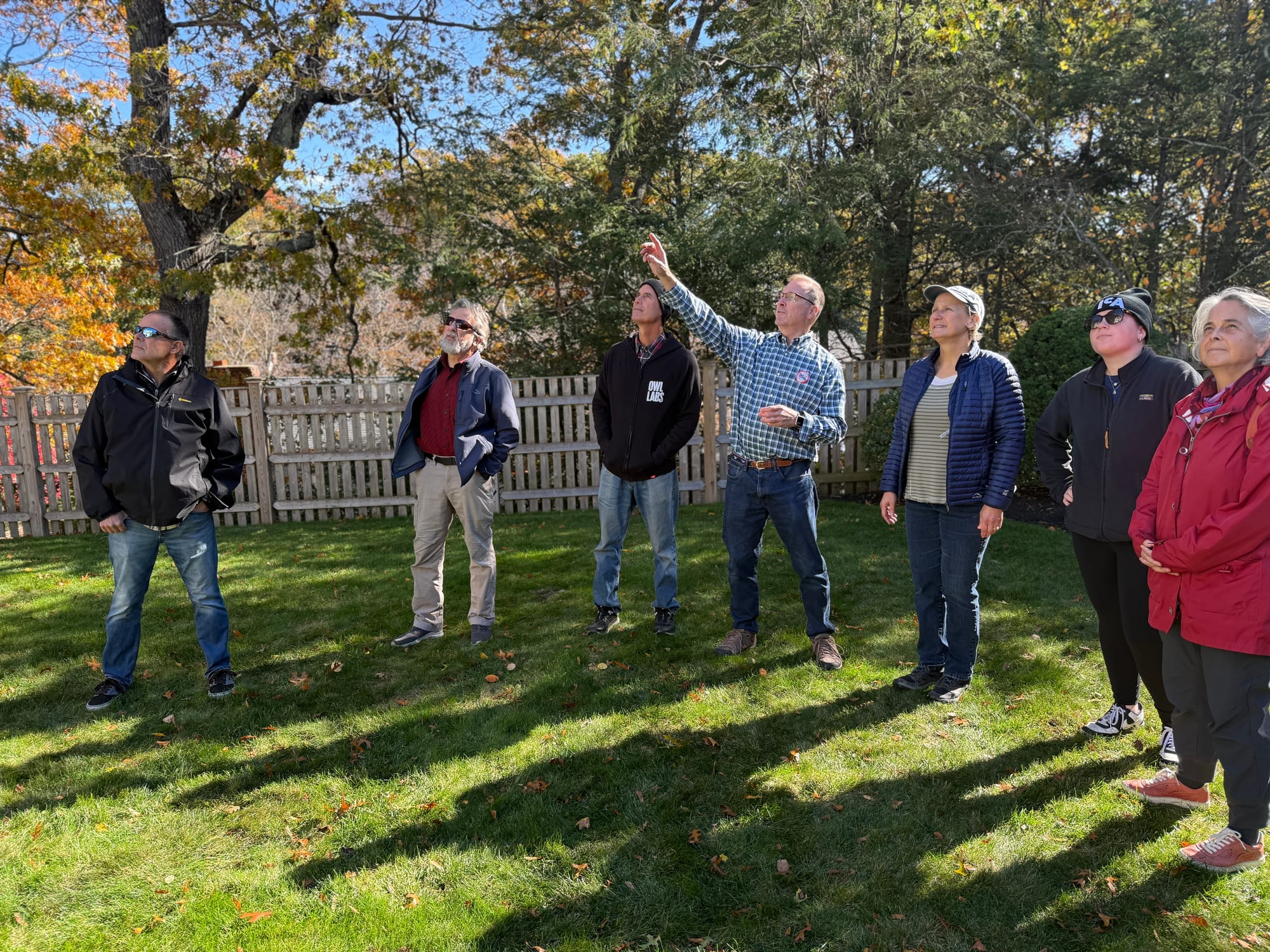
“Anything you do to go green and get off of fossil fuel helps,” he said, “you want things to be better for the next generation.”
For Hooper, the satisfaction is personal.
“I used to love flying above and through clouds,” he said. “Now I’m harnessing the light that lives above them.”

